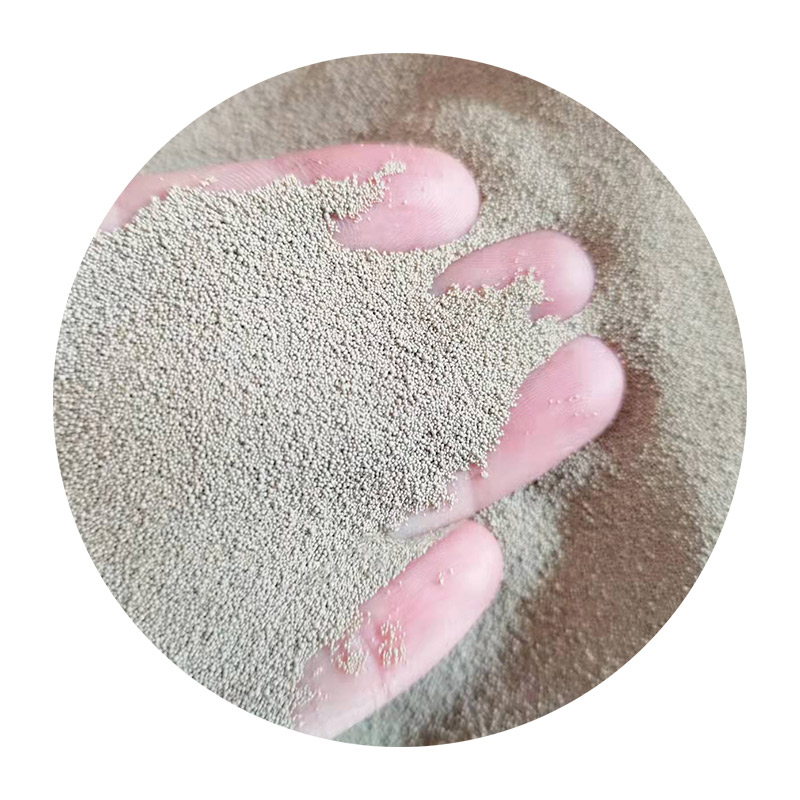Understanding Sand Casting in Engineering
Sand casting is a widely used metal casting process that involves creating molds from sand to shape molten metal into desired forms. This technique has been an integral part of manufacturing and engineering for centuries, providing a versatile and cost-effective method for producing complex metal components. In this article, we will explore the basics of sand casting, its advantages, the process involved, and its applications in engineering.
The Basics of Sand Casting
At its core, sand casting involves the use of sand as the primary molding material. The process begins with creating a pattern, which is a replica of the part to be cast. This pattern is often made from metal, plastic, or wood and is crucial to ensure the accuracy and detail of the final product. Once the pattern is ready, it is placed in a sand mixture that consists predominantly of silica sand, clay, and water. The sand binds together under pressure, creating a mold cavity that will form the shape of the final metal piece.
The Sand Casting Process
The sand casting process can be broken down into several key steps
1. Pattern Making The first step involves designing and manufacturing the pattern, which not only includes the external shape of the part but also allowances for shrinkage and machining.
2. Mold Creation The pattern is pressed into the sand mixture to create a mold. This mold is typically made in two halves (the cope and the drag) to create a cavity. The sand must be compacted tightly to retain the shape once the pattern is removed.
3. Core Making For parts with internal features, cores made of a similar sand mixture are created and placed in the mold. This allows for the formation of hollow sections in the final product.
4. Pouring Metal Once the molds are prepared, molten metal is poured into the mold cavity through a gating system. The metal is allowed to cool and solidify, taking the shape of the mold.
5. Shakeout After the metal has cooled sufficiently, the sand mold is broken apart to retrieve the cast part. This is known as the shakeout process.
what is sand casting in engineering

6. Finishing The final step involves cleaning and finishing the cast component. This may include processes such as machining, grinding, and painting to ensure the part meets the required specifications.
Advantages of Sand Casting
Sand casting offers several notable advantages that make it a popular choice in engineering
- Versatility It can be used to cast a wide range of metals, including aluminum, iron, and steel, making it suitable for various applications.
- Complex Shapes Sand casting allows for the creation of intricate designs and shapes that may be challenging to achieve with other methods.
- Cost-Effective The materials involved in sand casting are relatively inexpensive, and the process itself can be scaled to produce both small and large quantities.
- Reusability Once the sand has been used for casting, it can often be reclaimed and reused for future casting operations, contributing to sustainability.
Applications in Engineering
Sand casting is utilized across numerous industries, including automotive, aerospace, and construction. It is particularly advantageous for producing components like engine blocks, gears, and housings, which require high strength and intricate designs. Moreover, smaller companies often use sand casting for prototype development due to its low setup costs and flexibility.
Conclusion
In conclusion, sand casting is a fundamental process in engineering that facilitates the creation of complex metal components. Its versatility, affordability, and capacity for detailed designs make it a preferred method in various manufacturing settings. As technology continues to advance, innovations in sand casting techniques and materials will likely enhance its effectiveness and broaden its applications in industrial engineering. Understanding this process is crucial for engineers and manufacturers looking to harness its potential in producing high-quality metal parts.
Post time:stu . 10, 2024 06:13
Next:Understanding the Role of Sand in the Sand Casting Process and Its Applications
